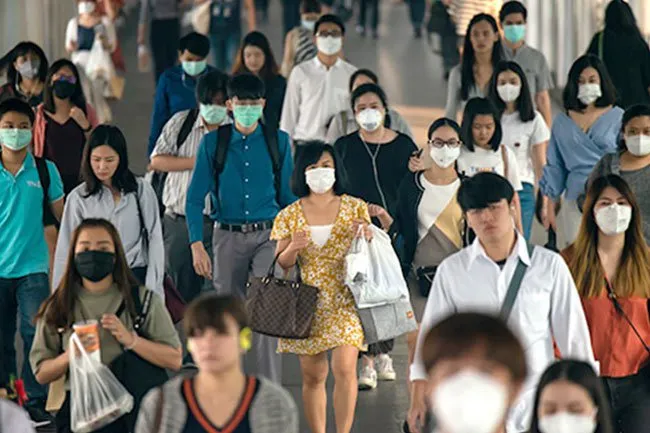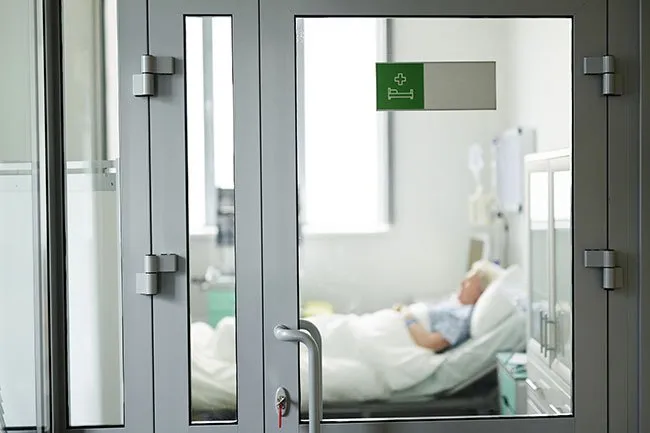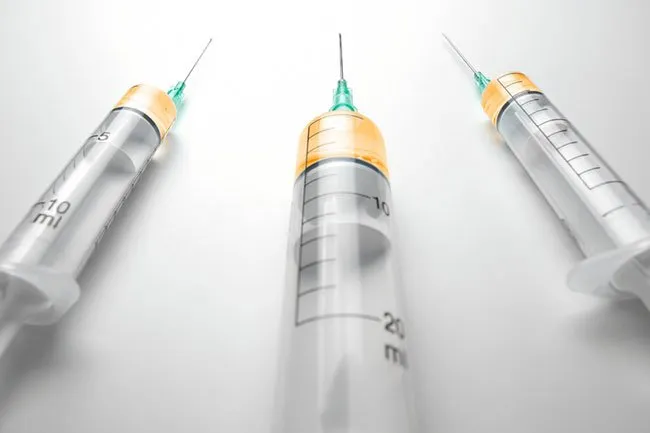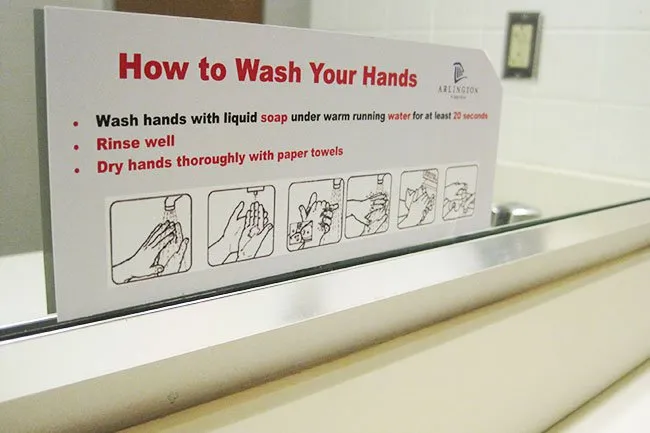What Is a Coronavirus?

The coronavirus is a big family of pathogens. While many kinds of coronavirus infect animals, there are only seven known types that infect humans. Four of them cause mild illnesses like the common cold. The three others can cause fatal infections.
A coronavirus gets its name from how it looks. Under an electron microscope, these pathogens exhibit spikes that resemble the angles of a crown.
The type of coronavirus that infects humans was first identified in the 1960s. The latest coronavirus discovered that infects humans is known as COVID-19, as it was first identified in 2019. The official name of the virus is SARS-CoV-2.
For the latest news updates, facts, and resources, please visit the MedicineNet Coronavirus COVID-19 Health Center.
When Did the World Learn About Coronavirus COVID-19 (SARS-CoV-2)?

On Dec. 31, 2019, the Wuhan Municipal Health Commission in China told the World Health Organization about a cluster of pneumonia cases of unknown origin.
On Jan. 7, 2020, Chinese health authorities announced that they had isolated the virus spreading in Wuhan. This novel coronavirus was initially referred to as 2019-nCoV and was also called Wuhan coronavirus because the first infected people came from Wuhan City, Hubei Province in China, a city of more than 11 million people and a major transportation hub.
On February 11, 2020, the disease was officially named COVID-19. The virus that causes it was named SARS-CoV-2. This virus resembles other serious human coronavirus types MERS and SARS in that all belong to the "beta" subgrouping of virus. The CDC notes that MERS and SARS both began as infections in bats before mutating to infect humans.
What Are the Symptoms of Coronavirus COVID-19 (SARS-CoV-2)?

The symptoms of COVID-19 have expanded as researchers learn more about it. The CDC updated its list of symptoms on April 27 to include the following:
- Cough
- Fever
- Breathing difficulty
- Chills
- Chills which may cause repeated shaking
- Headache
- Throat pain
- Muscle pain
- New loss of the sense of taste and smell
Other symptoms that may be present in some individuals include a reddish/purple skin on the toes of mainly children and young adults (termed Covid toes), stroke in some younger individuals (less than 50 years old) and in children(usually, less than 5 years old), some develop symptoms of Kawasaki disease (rash, swollen neck nodes, reddish fingers or toes, inflammation of heart vessels).
How Coronavirus COVID-19 (SARS-CoV-2) Spreads

COVID-19 is thought to mainly spread from one person directly to another. This usually means the people are within close contact. The CDC defines close contact as being within 6 feet of someone else.
It may also be possible to becoming infected after touching an infected surface, followed by touching your mouth, nose, or eyes. According to the CDC, this is not the main way the virus spreads. It recommends washing your hands frequently using soap and water, or using an alcohol-based hand sanitizer if no soap and water are available.
How Is Coronavirus COVID-19 (SARS-CoV-2) Treated?

As a newly identified virus, COVID-19 has no specified treatment. Supportive care is the treatment, which may include mechanical ventilation or supplemental oxygen. Many patients who show symptoms (about 16% – 20%) need hospitalization to obtain appropriate care.
Work is underway to develop a variety of treatments, including antiviral medications to combat the illness. Meanwhile the CDC says that health care workers should strive to treat the symptoms of an infection through supportive care. Researchers are also trying to develop a vaccine against the virus.
Is There a Vaccine for COVID-19 (SARS-CoV-2)?

So far, no vaccine has been developed for the newly discovered coronavirus. But there are at least 115 vaccine candidates worldwide in various stages of development. The science journal Nature identified four in early April that had advanced enough to move on to human trials and the possibility of a vaccine early next year.
The National Health Commission in China is collaborating with various health organizations, including the World Health Organization (WHO), to further study how severe and how contagious this virus may be. By sharing data and continuing to study the illness, health researchers worldwide hope to contribute to the development of a vaccine.
How Concerning Are Coronavirus Mutations?

The coronavirus is an RNA virus. RNA viruses mutate more than most RNA-DNA containing items. Other RNA viruses include HIV, measles, Zika virus, and influenza A.
By mid-April, researchers had identified over 100 SARS-CoV-2 mutations. But not all viral mutations are harmful. In fact, most mutations weaken a virus, causing it to spread less quickly or cause milder illness.
However, sometimes a more harmful variation of a virus emerges through mutation.
Prior mutations led to the 2002-2003 SARS outbreak, in which a virus native to civet cats mutated to spread the illness to humans. In Saudi Arabia in 2012, a coronavirus that infected camels mutated to become infectious in humans, leading to the MERS outbreak. Currently, researchers have not discovered the original source of the COVID-19 (SARS-CoV-2) coronavirus, but they suspect it came from wild animals killed and sold for food. The wild animals may have originally been infected by coronaviruses from bats.
What Can You Do to Protect Yourself?

The World Health Organization (WHO) offers eight tips for avoiding COVID-19 infection:
- Keep your hands clean frequently with soap and water, or an alcohol-based rub. Both can kill the virus.
- Keep at least 3 feet (1 meter) of distance between yourself in others in public. This protects you from the droplets released in their breath when a person coughs or speaks. Note that the CDC recommends keeping a distance of 6 feet (about 2 meters).
- Stay away from crowded areas.
- Don’t touch your face. Your hands can bring the virus to your mouth, nose, or eyes, which may cause infection.
- If you have a sneeze or cough, cover it using your bent elbow or a tissue. Make sure others around you do the same.
- Stay home and away from others even if you have only mild symptoms. These may include headache, fever, and a mild cough.
- If your symptoms become more serious, and you develop cough, fever, or find it difficult to breath, seek medical attention immediately.
- Stay up to date on the latest health information by following trusted news and information sources, as well as local and national health authorities.
Think You Have COVID-19? What Should You Do?

Here’s what to do if you think you may have COVID-19 in the US. COVID-19 symptoms usually include fever or cough, as well as the other symptoms listed earlier.
- Contact your healthcare provider. Let your doctor know you think you may be infected. Your doctor will give you specific guidance for your situation.
- Write down your symptoms to keep track of what you experience.
- If you experience any of the emergency warning signs of a serious COVID-19 infection, seek medical help immediately. These include:
- Difficulty breathing
- Persistent chest pain/pressure
- Bluish lips or face
- Confusion that you hadn’t had before, or inability to get up after sleeping
How Have Chinese Authorities Responded?

Authorities from China confirmed the identity of the new coronavirus on Jan. 7, 2020, and began working with the WHO on the same day to learn more about SARS-CoV-2. Chinese authorities reacted to the virus outbreak with an unprecedented lockdown of Hubei province. By Jan. 25, 15 Chinese cities were on lockdown, affecting more than 57 million people.
Travel restrictions affected cities, airports, and public transportation. Workplaces and schools were shut down to prevent further contagion. By March 17, the number of COVID-19 (SARS-CoV-2) cases in the region had markedly reduced and the Chinese had begun dismantling their emergency hospitals. China announced April 26 that there were only 12 remaining cases in Hubei province. However, some individuals in the US and other countries are concerned that China did not act to protect or inform other countries as quickly as possible.
How Has the World Responded?

Countries around the world have taken steps to prevent the further spread of COVID-19. Responses have varied from nation to nation. Some nations have imposed particularly vast and restrictive quarantines, including China, France, India, Italy, New Zealand, Poland, and the UK.
By late April, some nations had begun relaxing their quarantine restrictions. These included Spain and Germany. In Spain, children were permitted to go outside for exercise for the first time in six weeks. In Germany, some small shops such as florists and booksellers were allowed to reopen.
On May 20, all 50 U.S. states started reopening their economies in varying stages.
For the latest news updates, facts, and resources, please visit the MedicineNet Coronavirus COVID-19 (SARS-CoV-2) Health Center.
Coronavirus COVID-19 (SARS-CoV-2) Pandemic Outbreak: 10 Things You Need to Know
This tool does not provide medical advice. See additional information: 
© 1996-2024 WebMD, LLC. All rights reserved.
